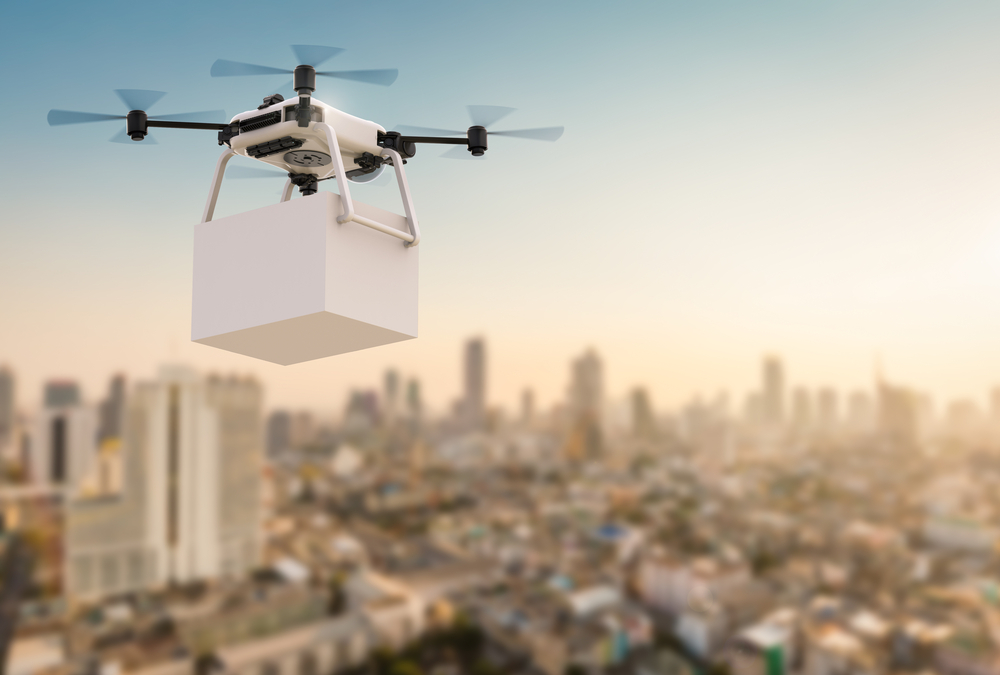For the vast majority of people, the idea of drones delivering their Amazon products, their groceries, or their take out for the night will not go much further beyond that. It will remain as an ephemeral experience which began at the time of placing their order, and that ended at once their service or product was delivered.
Like any other experience, most of the time people who have the luxury for such services will not give a second thought about the logistics, the design, or the data involved in making that experience happen, though maybe UXers and Business Logistics consumers would. However, delivery drones will do far more than just deliver goods, they’ll be collecting and receiving them too.
30 minute round trip for the drone, and a wealth of new data
Let’s imagine that we are in a future where Amazon drones are a reality and I feel like buying some instant ramen from Amazon –I promise that’s not what I’m doing now-. In this future, Amazon promises that they can ship out a drone with my purchase very soon, and I confirm my order. The package then is loaded onto the drone and you take flight.
As the drone flies from the Amazon warehouse toward my home it has a lot of things that need to be coordinated to make this hard flight a successful one. For starters, it needs all of its avionics to be properly calibrated and stay hyper vigilant to any potential problems onboard the craft during the flight.
Maps, geolocation, and line of sight will all be important to the drone to make sure that the deliver ends up at the correct place. It also needs to be in constant contact with the FAA and other drones around it to ensure that my ramen does not explode in a mid-air collision with another drone, a radio tower, or -in a worst case scenario- with a manned craft like a passenger or private airplane.
The need for a well rounded and expansive information architecture is apparent, and companies are lining up to put their hat in the ring. It may be lucrative to manage and direct this data, but companies may be more interested in the value of the data itself.
Data is so hot right now
The lucrative nature of data is not lost on any company, it is the main source of revenue for search engines and social media companies via targeted advertising and it is only projected to become even bigger. Many, including myself, believe that commercial drones could be that next iteration.
Consider again, my ramen package with the Amazon drone. The drone flies over homes, streets, businesses, parks, etc. It can collect information on all of those things. Companies could take the information the drone gives them, track it to IPs -if the drone were to attempt to grab passing wifi information-, then start putting together effective and insanely informed targeting ads to users based off this new information. It is not outlandish to think that a drone could identify roofs that needed work, street and sanitation issues that it could bring to the attention of the city -for a cost-, or even let you know about new or existing businesses in your area.
They used to say “the devil is in the details,” soon we may hear more about the “dime in the data.”
If you liked this article, follow us on Twitter @themerklenews and make sure to subscribe to our newsletter to receive the latest bitcoin, cryptocurrency, and technology news.

